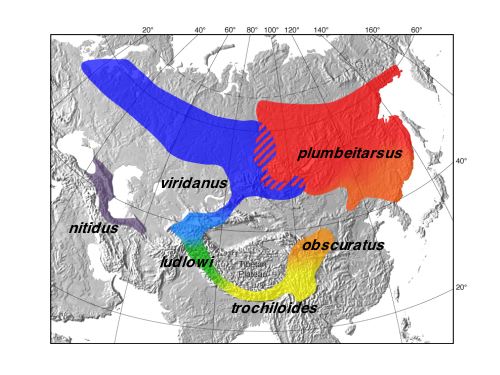Dr Colin Patterson, a senior palaeontologist at the British Museum of Natural History, agreed about the lack of fossil evidence connecting man with a lower primate. In answer to the question, What do you think of the australopithecines (Lucy) as mans ancestors?, Dr Patterson replied, There is no way of knowing whether they are the ancestors to anything or not. The above was largely quoted from Luther Sunderlands book, Darwins Enigma: Fossils and Other Problems. Before interviewing Dr Patterson, the author read his book, Evolution, which he had written for the British Museum of Natural History. In it he had solicited comments from readers about the books contents. One reader wrote a letter to Dr Patterson asking why he did not put a single photograph of a transitional fossil in his book. On April 10, 1979, he replied to the author in a most candid letter as follows:
I fully agree with your comments on the lack of direct illustration of evolutionary transitions in my book. If I knew of any, fossil or living, I would certainly have included them. You suggest that an artist should be used to visualise such transformations, but where would he get the information from? I could not, honestly, provide it, and if I were to leave it to artistic licence, would that not mislead the reader?
I wrote the text of my book four years ago. If I were to write it now, I think the book would be rather different. Gradualism is a concept I believe in, not just because of Darwins authority, but because my understanding of genetics seems to demand it. Yet Gould and the American Museum people are hard to contradict when they say there are no transitional fossils. As a palaeontologist myself, I am much occupied with the philosophical problems of identifying ancestral forms in the fossil record. You say that I should at least show a photo of the fossil from which each type of organism was derived. I will lay it on the linethere is not one such fossil for which one could make a watertight argument. The reason is that statements about ancestry and descent are not applicable in the fossil record. Is Archaeopteryx the ancestor of all birds? Perhaps yes, perhaps no there is no way of answering the question. It is easy enough to make up stories of how one form gave rise to another, and to find reasons why the stages should be favoured by natural selection. But such stories are not part of science, for there is no way of putting them to the test.
So, much as I should like to oblige you by jumping to the defence of gradualism, and fleshing out the transitions between the major types of animals and plants, I find myself a bit short of the intellectual justification necessary for the job
Patterson, personal communication; documented in: Luther Sunderland, Darwins Enigma, Master Books, El Cajon, CA, pp. 8890, 1988.






